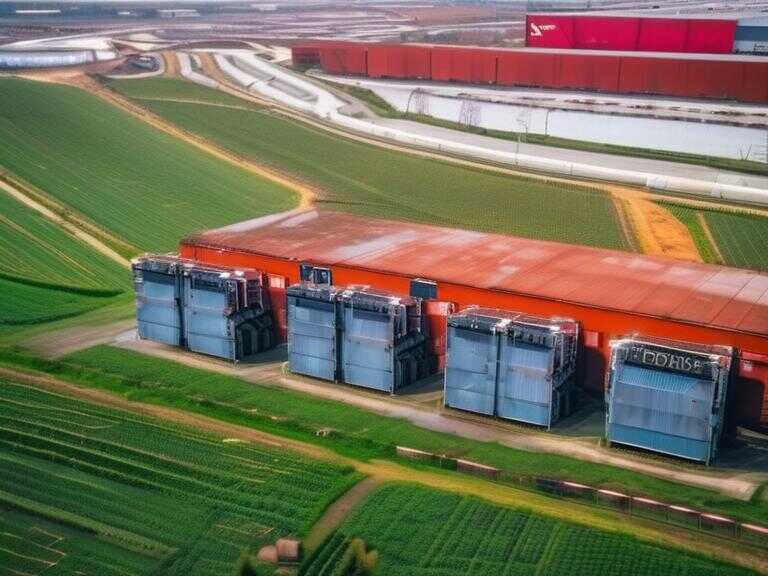
Majority of U.S. Bridges Lack Impact Protection, Leading to Concerns After Key Bridge Collapse
Collapse of Francis Scott Key Bridge in Maryland highlights lack of impact protection on US bridges, posing risk of future incidents.

In the aftermath of the tragic collapse of the Francis Scott Key Bridge into the Patapsco River in Maryland, concerns about the safety of bridges across the United States have been reignited. The collapse occurred after the cargo ship Dali collided with one of the bridge's support columns, raising questions about the impact protection measures in place.
Recent revelations from CBS News indicate that a majority of bridges in the U.S. lack any form of impact protection, potentially leaving them vulnerable to similar disasters. The news has sparked a nationwide conversation about the safety of vital infrastructure and the need for enhanced protective measures.
Historical Precedents
Tragic accidents involving bridges are not unprecedented. The collapse of the 47-year-old Key Bridge echoes a similar incident in 1980 at the Sunshine Skyway Bridge over Tampa Bay, which resulted in the loss of 35 lives. Following the Sunshine Skyway Bridge disaster, building codes were revised, and bridges constructed after 1991 were mandated to incorporate increased protection mechanisms.
Newer bridges are equipped with structures such as fenders and dolphins, designed to absorb impact and enhance safety. However, the Key Bridge, constructed in the 1970s, predates these regulations, necessitating retrofits and upgrades to comply with current safety standards. Retired bridge engineer Andy Herrmann emphasized the importance of implementing protective measures, such as hardening the piers or installing substantial fender systems, to mitigate the risk of collisions.
Current State of Bridges
According to the National Bridge Inventory, out of the 4,207 bridges in the U.S. that allow ships to pass under them, only 36% are reported to have functional pier protection. This revelation underscores the urgent need to assess and fortify existing infrastructure to prevent potential disasters.
Impact of Recent Collision
The recent collision in Baltimore, where a 984-foot, 116,000-ton cargo ship struck a bridge support column, has highlighted the imperative of safeguarding bridges against unforeseen events. The aftermath of the incident has prompted officials to reevaluate and reinforce protective measures to avert similar tragedies in the future.
In response to the heightened concerns, authorities in Delaware have allocated $95 million to enhance protections on the Delaware Memorial Bridge, a crucial interstate link. The proposed upgrades, including the implementation of modern dolphin cells, signify a concerted effort to fortify vital infrastructure against potential maritime accidents.
Structural engineers have emphasized the significance of integrating protective systems, such as fender installations, to mitigate the impact of collisions. Experts believe that while certain accidents may be challenging to entirely prevent, the deployment of protective mechanisms can significantly diminish the destructive consequences of such incidents.
NTSB Investigation
The National Transportation Safety Board (NTSB) has initiated a thorough investigation into the Key Bridge collision and subsequent collapse. This comprehensive inquiry aims to assess the structural integrity of the bridge and identify potential vulnerabilities that need to be addressed to enhance safety.
With data indicating that a substantial number of bridges in the U.S. are classified as "fracture critical," with the potential for catastrophic failure, there is mounting pressure on the federal government to mandate updated protections for older bridges. The imperative to fortify infrastructure against unforeseen events has become a focal point of national discourse.
As the nation grapples with the aftermath of the Key Bridge collapse, the conversation surrounding bridge safety has gained prominence. The pressing need to reinforce existing bridges and implement stringent protective measures underscores the indispensable role of infrastructure safety in safeguarding lives and ensuring the resilience of vital transportation networks.
Share news















